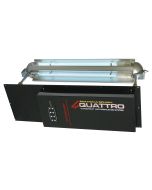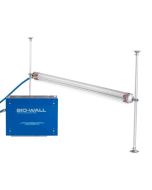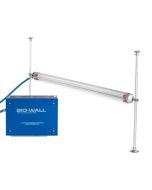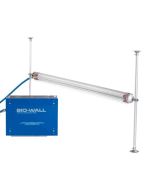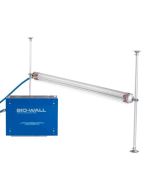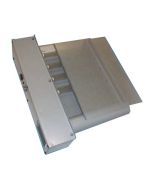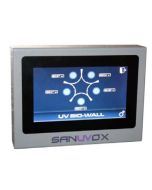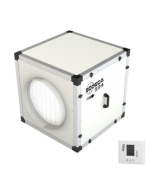Cruise Ship Infection Control
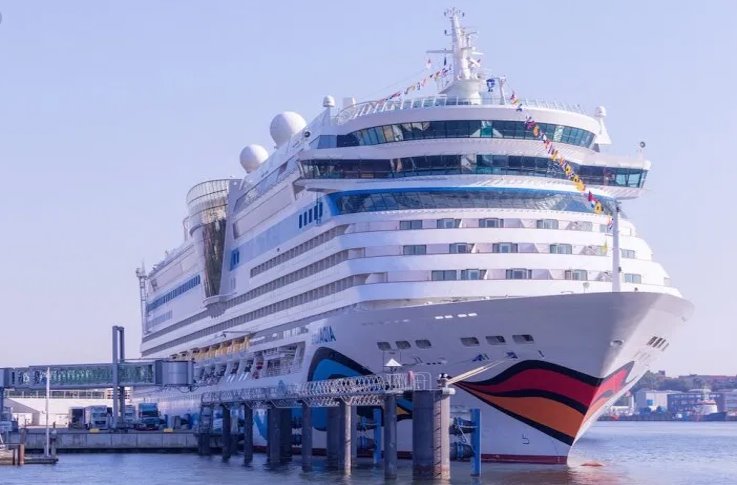
Cruise Ship Infection Control - Background
The headlines come round with a depressing and monotonous regularity. Canceled voyages, destroyed holidays, ships confined to port or not allowed into port, passengers confined to cabins. There is an ever increasing list of nasty, and some potentially fatal, infections that proliferate with ease in the confines of passenger carrying vessels. Cruise ship infection control seems forever topical. Currently there is the sad sight of scores of empty cruise ships bobbing about at anchor in various bits of sheltered water around the globe. Their owners are now presumably wondering if these vessels will ever see service again as we watch the ebb and flow of infections from Coronavirus.
Vomiting bug, novovirus, and now coronavirus (COV-2) seem to be able to easily get a foot hold in the densely populated environment of cruise ships. These infections have various routes for transmission that are simply described as airborne (respirable) and fomite (from contaminated surfaces). The airborne route for the respiratory type infections is through the air in the form of the virus contained in airborne droplets (larger than 10 microns) and aerosols (smaller than 10 microns). The paper (Mechanistic Transmission Modeling of COVID-19 on the Diamond Princess Cruise Ship Demonstrates the Importance of Aerosol Transmission) about the coronavirus tragedy which unfolded on the Diamond Princess makes informative reading about the various transmission routes on that cruise ship.
Cruise Ship Infection Control - Consideration of the Aerosol Transmission Route
The ventilation systems in ships conform to various industry standards which although in some respects are unique to the marine application, are in other respects very similar to the standards for buildings on land. Here you will find information about temperature regulation, ventilation operation, air change rates amongst other details but nothing on the prevention of air borne infections. This is a pity because the networks of ducting that supply air to the occupied spaces would be an obvious conduit for the supply of infectious bio-aerosols from one part of the ship to the other. In the methodology for effective cruise ship infection control, this transmission route warrants serious consideration.

Fresh air is ducted into cabins and used (potentially contaminated) air is ducted to the air handling unit. Then after filtration and other treatment a good portion can be ducted back to cabins or to communal areas after mixing with fresh air.
Air Recirculation. One problem is that in some air handling systems on ships air supplied to these occupied areas will be return air that has been mixed with a percentage of fresh air before being filtered. The filters are not by the sort of thing that can catch airborne viruses. The filtered air is then distributed though ducting to the room spaces on the ship.
Operators and builders of ships like those of large structures on land are under increasing regulatory pressure to be cleaner and more efficient. So the efficiency of generating and retaining heat is important and this is why relatively warm return air is often recirculated.
Fresh Air. In more recent years air handling units are being fitted with heat recovery unit systems. This is a step forward because it means that air supply can be 100% fresh with heat being largely recovered from the outgoing return air.
If the supply of air to the ships communal spaces and the cabins was 100% fresh, like for instance could be found in a typical modern hospital, then it would be logical to assume that the ducting could not be a conduit for the internal bio-aerosols. Yes... ? Actually, no.
But even with 100% fresh air through a heat exchanger there could still be an issues undermining the cruise ship infection control efforts.
Aerosol Transmission - Problem 1 affecting cruise ship infection control
Heat exchangers can be one of a number of types. Cross-flow heat exchangers and ‘run around’ heat transfer coils ensure that the surfaces exposed to the outgoing air are kept separate to the surfaces exposed to the fresh air. Rotating heat exchangers on the other hand have a shared surface and that surface is huge. Rotating heat exchangers are very common in modern air handling units and can be found on ships. Rather than being absent from the cruise ship infection control strategy - out of sight out of mind - it needs to be front and central.
Let me explain…
Return air with heat and some level of bio-aerosol content passes through tiny flutes in the rotating wheel. The fluted wheel warms in the outgoing air and there is every possibility of bio-aerosols coming to settle on the surface of the wheel as the air passes through. The wheel continues to turn and passes into the supply air sector of the air handling unit. The wheels' fluted surface complete with potentially harmful viral contaminant is exposed to the fresh air flow. It is perfectly possible for viruses to be readmitted into the ships ventilation ducts.
A good reason perhaps to install in-duct UVC air purification to the supply air down stream of the wheel or an even better reason to, instead, purify the exhaust air before it passes through the flutes of the heat recovery wheel.

Example of a Central Air Handling Unit. These are modular and can be built together on site to the customers specifications this package might handle 100,000m3/h dependent on operating conditions
Aerosol Transmission - Problem 2 affecting cruise ship infection control
With cruise ship infection control there is a problem with fresh air. It is a mistake to assume air outside a ship is fresh and that there is no viable viral particles. If there are infected passengers, confined to cabins or in an onboard hospital then exhaust air from those areas will have viable viral particles. They will be typically exhausted to either the port or the starboard side of the ship. On a reasonably still day the exhaust air from the ship will not readily disperse. In fact is likely to drift lazily past the open balconies of the cabins, or possibly to be lifted over the vessel to the other side, where the fresh air intakes are. In other words the source of viable viral particles in the fresh air is from the ship itself.
Another good reason to use in-duct UVC to purify the exhaust air being discharged from the ship so that at least you can guarantee that the fresh air is as free of viable particles as possible.
Cruise Ship Infection Control - Summary of Recommendations
- If your cruise ships air handling systems supply fresh air only...
- use in-duct UVC to purify the exhaust air upstream of the heat exchanger.
- If your cruise ships air handling systems recirculate air...
- use in-duct UVC air purification in the return air duct before it splits down to the exhaust and recirculation ducts.
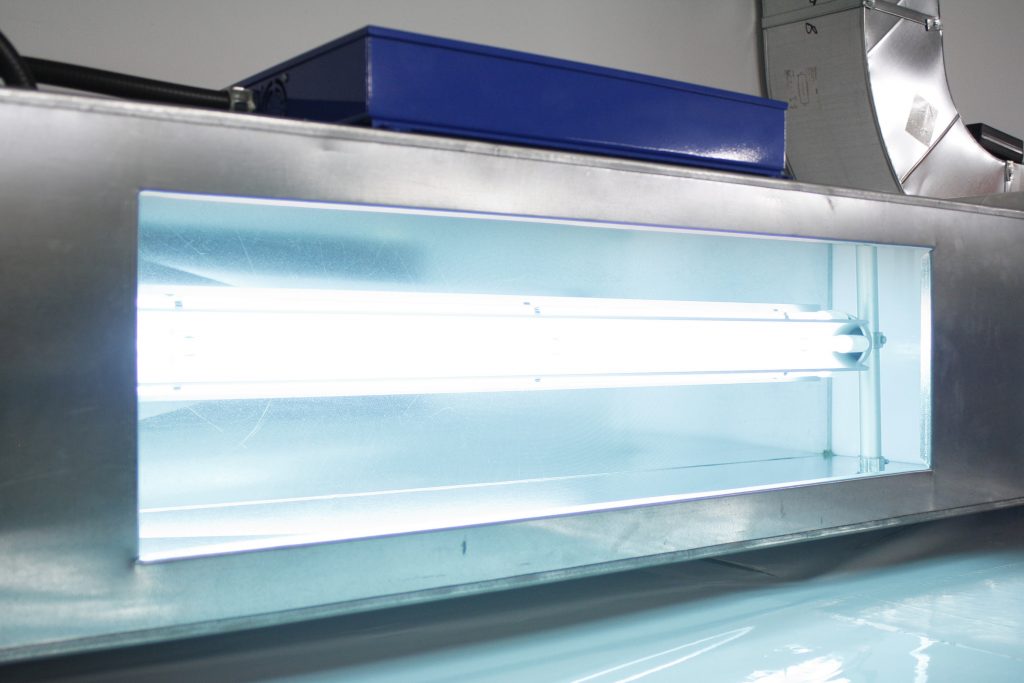
Air flowing past the array of in-duct UVC lamps deactivate biological micro organisms to a calculable and provable very high efficiency. The exact efficiency depends on the application parameters, however 99.95% on first pass is typical.
Cruise Ship Infection Control - The UVC Solution to Air Borne Contamination in Return Air
For decades UVC light has been used to kill biological contaminants in air moving through ducting, on cooling coils and even on food and pharmaceutical production systems. Its use in North America is so well understood and known about that it even warrants its own chapter in the ASHRAE (American Society of Heating, Refrigerating and Air-Conditioning Engineers) handbook. In the US it is even a requirement that air handling units fitted to public buildings in the US are fitted with UVC lamps to keep the cooling coils basked in UVC light.
Yet, even with widespread acceptance and use in other sectors, there is barely a glimmer of interest in this technology from the marine and ship building market.
To those of us in the UVC supply sector the application of this technology in cruise ships is an obvious application. It is a complete ‘no brainer’. Consider;
• UVC in-duct air purification is versatile and powerful tool to keep ventilation systems biologically clean.
• UVC in-duct air purification is versatile and powerful tool to keep ventilation systems biologically clean.
• UVC in-duct air purification is very easy to fit and very cost effective to operate.
• Compared to investing in, retrofitting and operating a bank of HEPA filters in the air handling units, UVC in-duct air purification is more cost effective and more easily fitted.
• UVC in-duct air purification has even been proven capable of keeping building occupants safe from terrorist attacks aiming to use building ventilation systems for dispersion of anthrax or other dangerous bio-aerosols (a far more challenging problem).
Why it is that cruise ship infection control specialists don’t use UVC in-duct air purification for the cruise ship ventilation systems? It is a mystery. Meanwhile the cruise ships remain empty and at anchor for the foreseeable future.
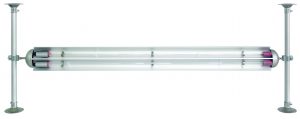
In-duct UVC fitting. Cruise ship infection control's main weapon for ducted airflows.

